
When your dryer isn’t heating properly, it can be very disruptive to your daily routine. When you’re left with a pile of wet clothes and no way to dry them, it’s easy to despair! But before you call in a professional, try these five fixes. They’re straightforward and can be a great way to solve your problem without the expense of hiring a technician. Read on to find out what to do!
This guide applies to all popular Samsung dryer models, including:
DV203AEWXAA
DV203AGSXAA
DV203AGWXAA
DV206AESXAA
DV206AGSXAA
DV209AEWXAA
DV210AEW/XAA
DV210AEWXAA
DV210AGWXAA
DV218AEBXAA
DV220AEW/XAA
DV330AEW/XAA
DV350AEWXAA
DV419AEWXAA
DV42H5000EW/A3-0000
DV42H5200EP/A3-0000
DV42H5200EW/A3-0000
DV448AEP/XAA
DV448AEPXAA
DV45H7000EW/A2-0000
DV48H7400EW/A2-0000
1. Inspect the power supply
The first step when you notice your Samsung dryer isn’t heating is to check that the power supply is working as it should. If your power supply is patchy or insufficient, the dryer won’t be able to heat properly, meaning your clothes will stay damp. Here’s what to do:
- Check that your dryer is securely plugged into the outlet and that the plug isn’t loose.
- Make sure that the outlet works by plugging something else into the same outlet, such as a lamp.
- Check out your home’s circuit box to ensure that the breaker for the dryer hasn’t tripped. If it has, reset it.
- Check the power cord carefully to ensure it isn’t damaged. If it is, immediately unplug your dryer and replace the power cord. A damaged cord is very dangerous and can lead to electric shock.
- If all these issues have been dismissed and your dryer still isn’t heating properly, try the next step in our guide.
2. Check the dryer settings
Your Samsung dryer can be set to the wrong type of drying setting, which can mean it isn’t heating sufficiently to dry your laundry. If your dryer is set to the “delicate” or “air dry” setting, it will be producing very little heat, and won’t be able to dry heavier items like towels or denim.
Check the settings on the control panel to ensure the dryer is on the correct settings. Consult your user manual if you’re having issues adjusting the settings for your particular model.
3. Check the moisture sensor
Not all dryers have moisture sensors, but if your one does, it can affect the heating process if faulty. Moisture sensors work by sensing how much moisture remains in your laundry and adjusting the heat and air accordingly. If the moisture sensors are impaired, they may incorrectly sense that your clothes are dry and, therefore, stop heating prematurely.
To fix this:
- Locate the moisture sensors in your Samsung dryer. They look like two metal rods and are located near the lint filter.
- Check the sensors for any residue or dirt. If you frequently use fabric softener or dryer sheets, the sensors can become coated in residue, which impairs their ability to sense moisture.
- Thoroughly clean the sensors with a rag or cloth dipped in rubbing alcohol.
- If you want to, you can also test the sensors with a multimeter to see if they’re functioning. If they show no continuity, they’ll need to be replaced. You can order a replacement set of sensors online.
- After cleaning or replacing your sensors, run a test cycle to ensure your dryer is working properly.
4. Check/replace the heating element
The heating element heats the air that is circulated in your Samsung dryer. If the heating element is faulty, your dryer may still tumble and blow air, but your laundry will stay cold. To fix this issue:
- Make sure your dryer is unplugged for your safety.
- Move the dryer away from the wall and access the heating element. You may need to refer to your Samsung manual for advice on where it is located in your particular model, but in most dryers, the heating element is located at the back. You’ll need to remove the rear panel if so.
- Check the element for any visible damage. If it looks cracked or has any scorch marks, it will be replaced.
- Test the element for continuity with a multimeter. No continuity means it’s faulty and needs replacing.
- Find a compatible heating element and use it to replace the faulty one, ensuring the new element is wired incorrectly.
- Put the dryer back together and plug it in. Run a test cycle to ensure that your dryer is now heating as it should.
5. Check the thermal fuse
If the thermal fuse is faulty, the heating element won’t be able to produce heat. The thermal fuse is located in the same area as the heating element, so if your tests show that the heating element is functional, make sure you check the thermal fuse also. Here’s what to do:
- Disconnect your dryer from its power source.
- Locate the thermal fuse by removing the back panel of your dryer.
- Use your multimeter to test if the fuse has blown. Touch the multimeter lead to both sides of the fuse and check if the needle moves. If it doesn’t, the fuse has blown and will need to be replaced.
- Find a compatible replacement fuse.
- Remove the blown fuse from your dryer and dispose of it safely. Make sure you take note of how it was installed—take a photo to help you install the new one if you need to.
- Install the new fuse.
- Put the dryer back together and connect it to the power again.
- Run a test cycle to check if the dryer is now operating as it should.
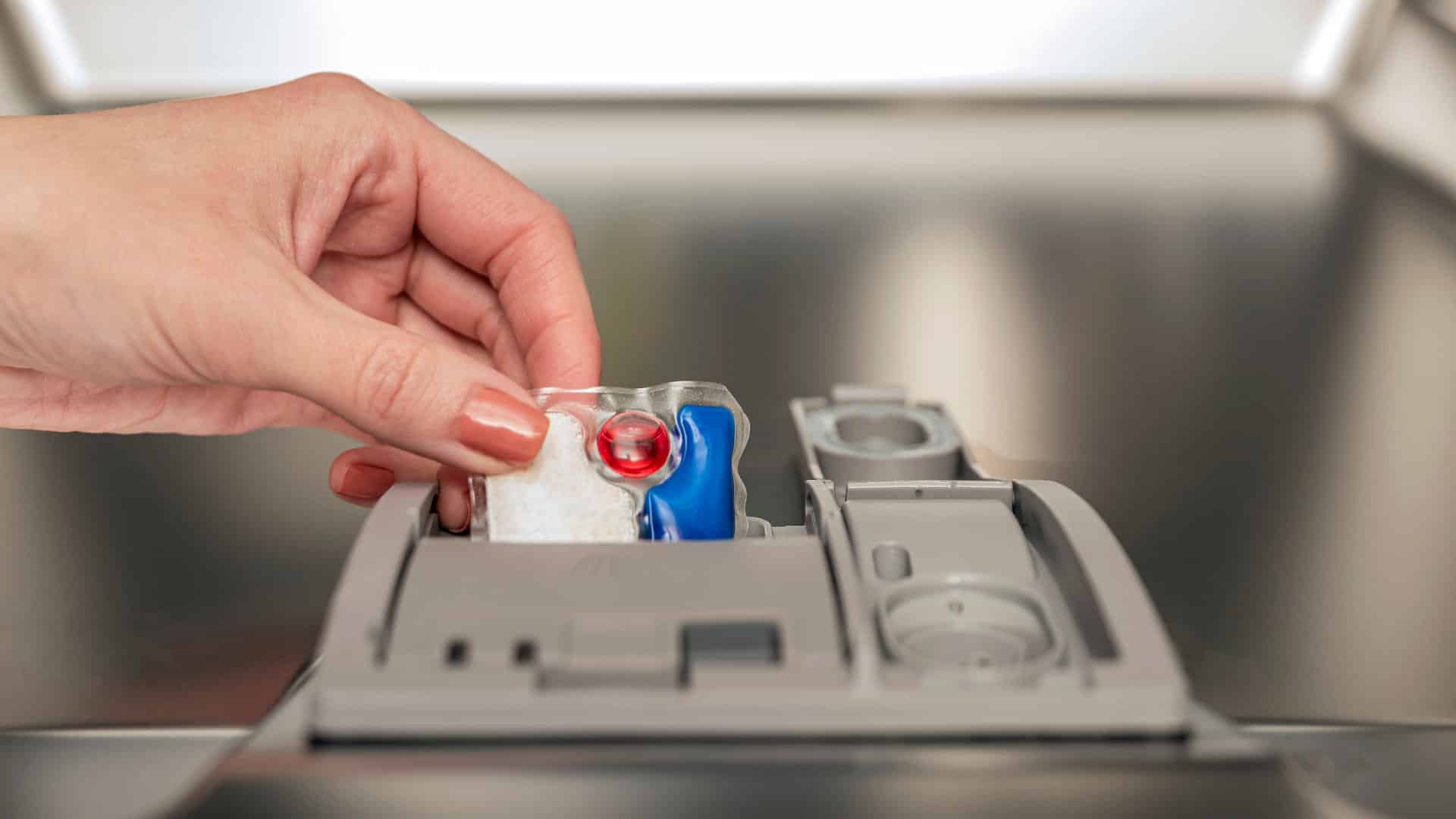
How to Clear E24 Error on Bosch Dishwasher

Samsung Dryer Not Heating Properly? (5 Fixes)
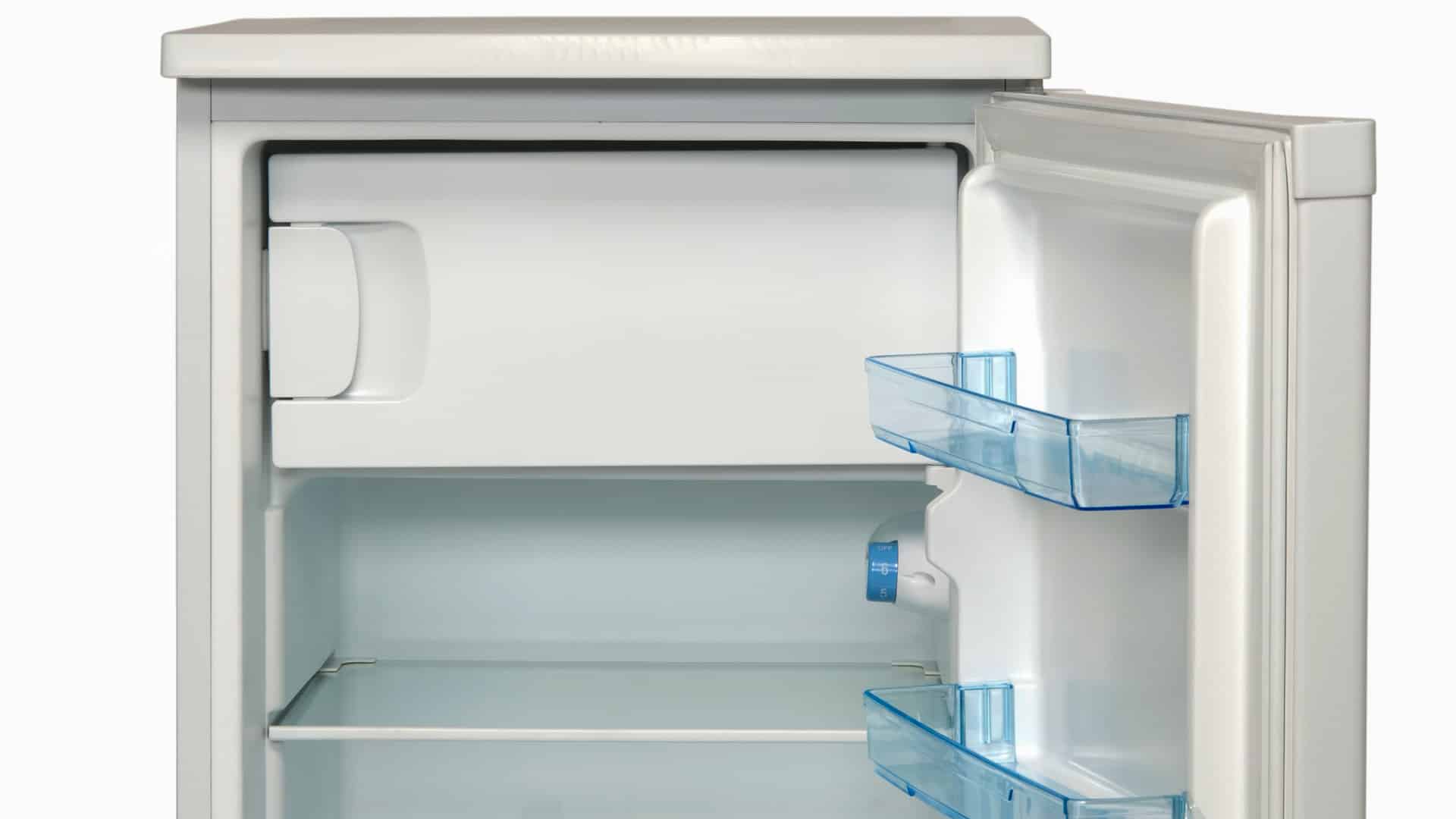
Why Is Your Mini Fridge Not Cooling? (5 Potential Reasons)
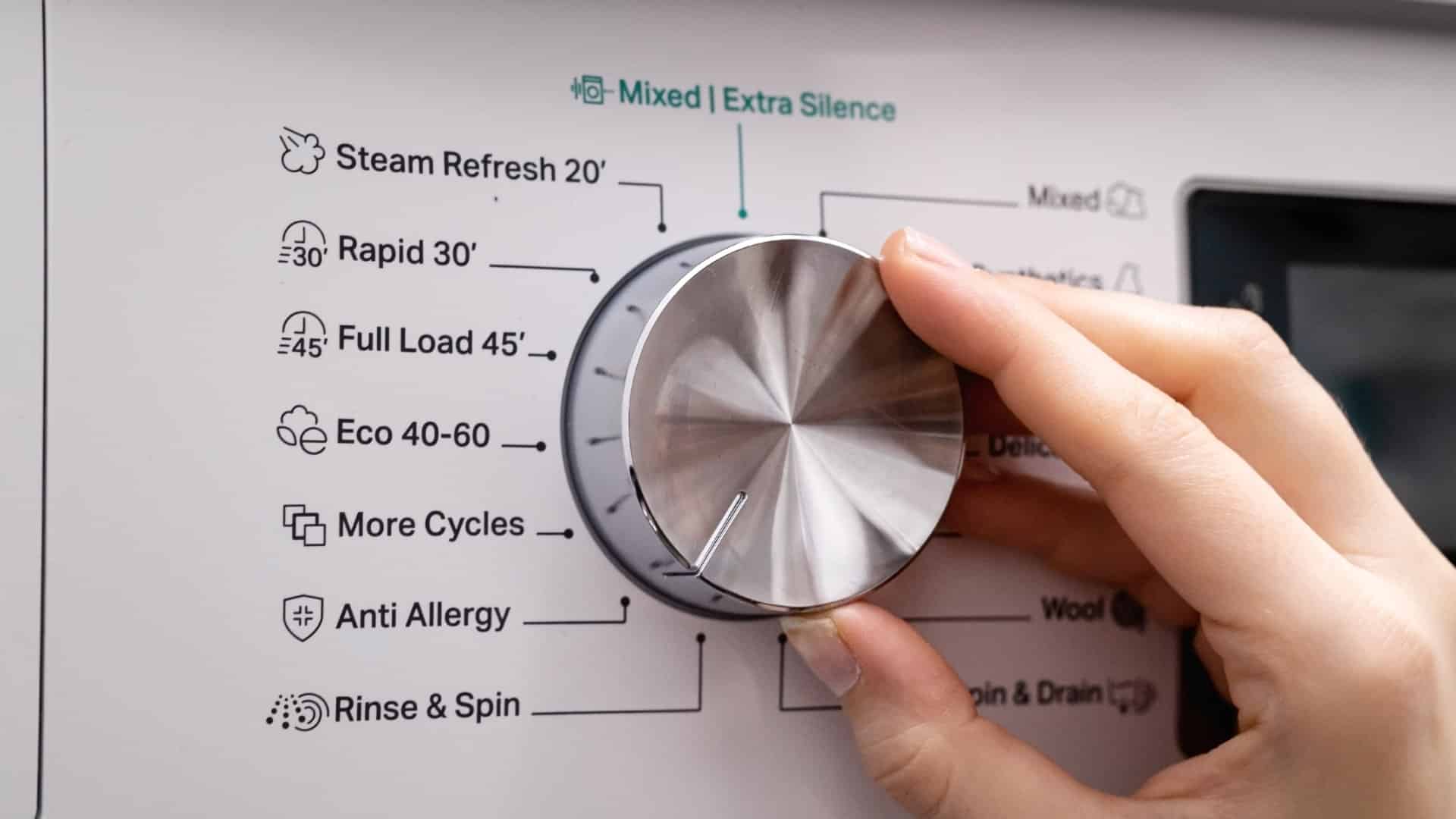
How to Fix Samsung Washer Error Code 4C
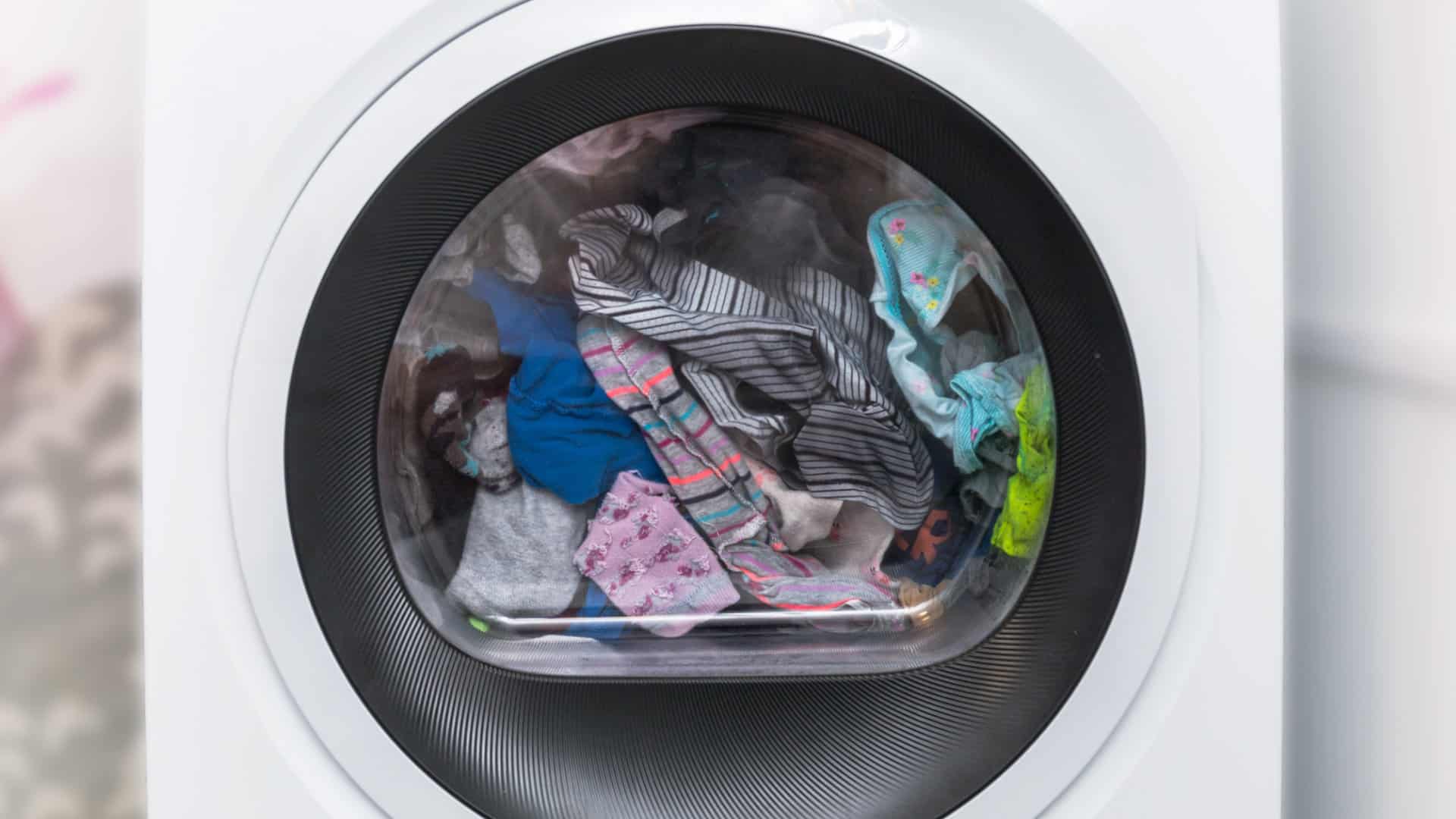
How to Resolve UE Error Code on your LG Washer
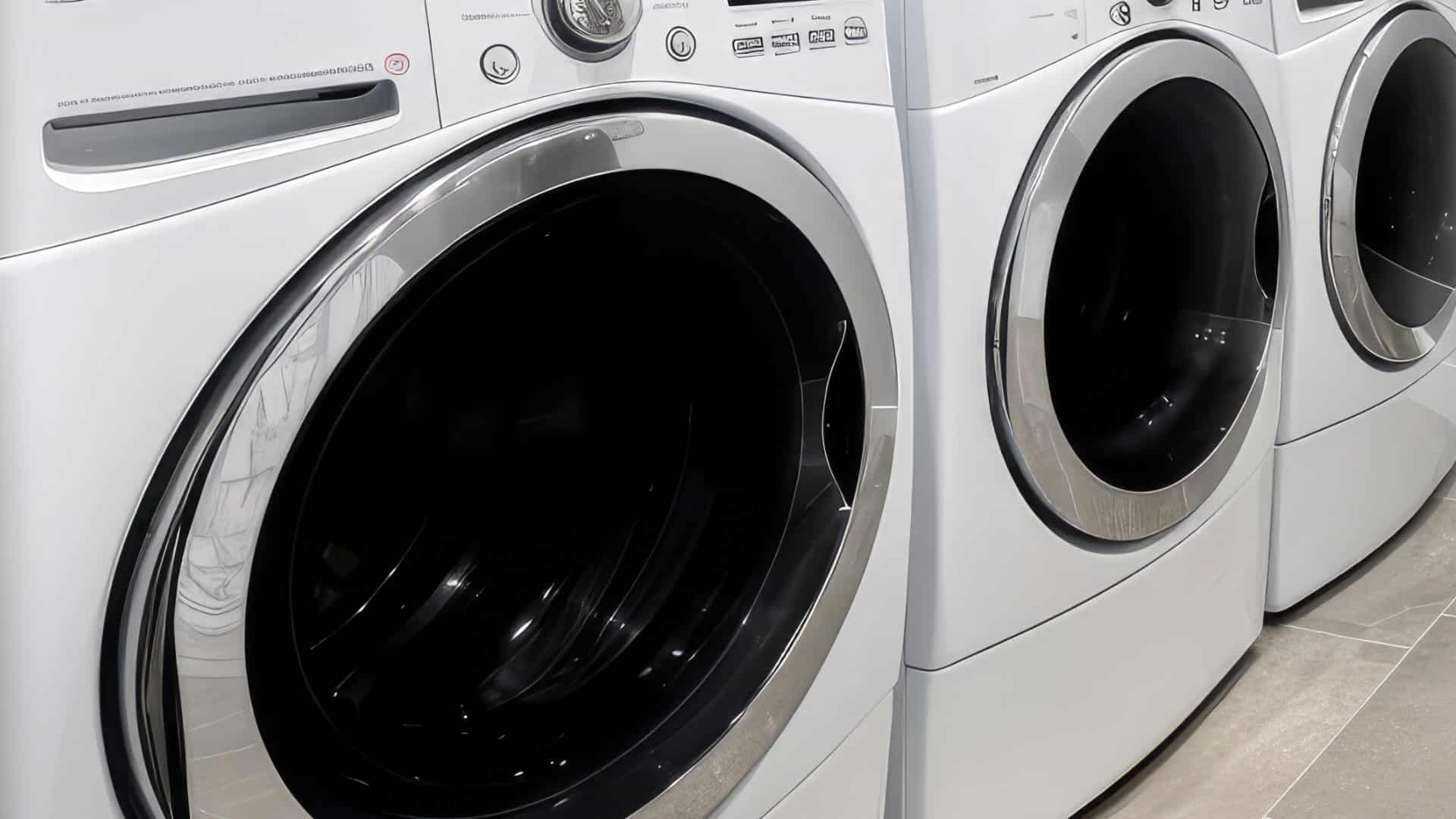
LG Washing Machine Error Codes: How to Fix Them
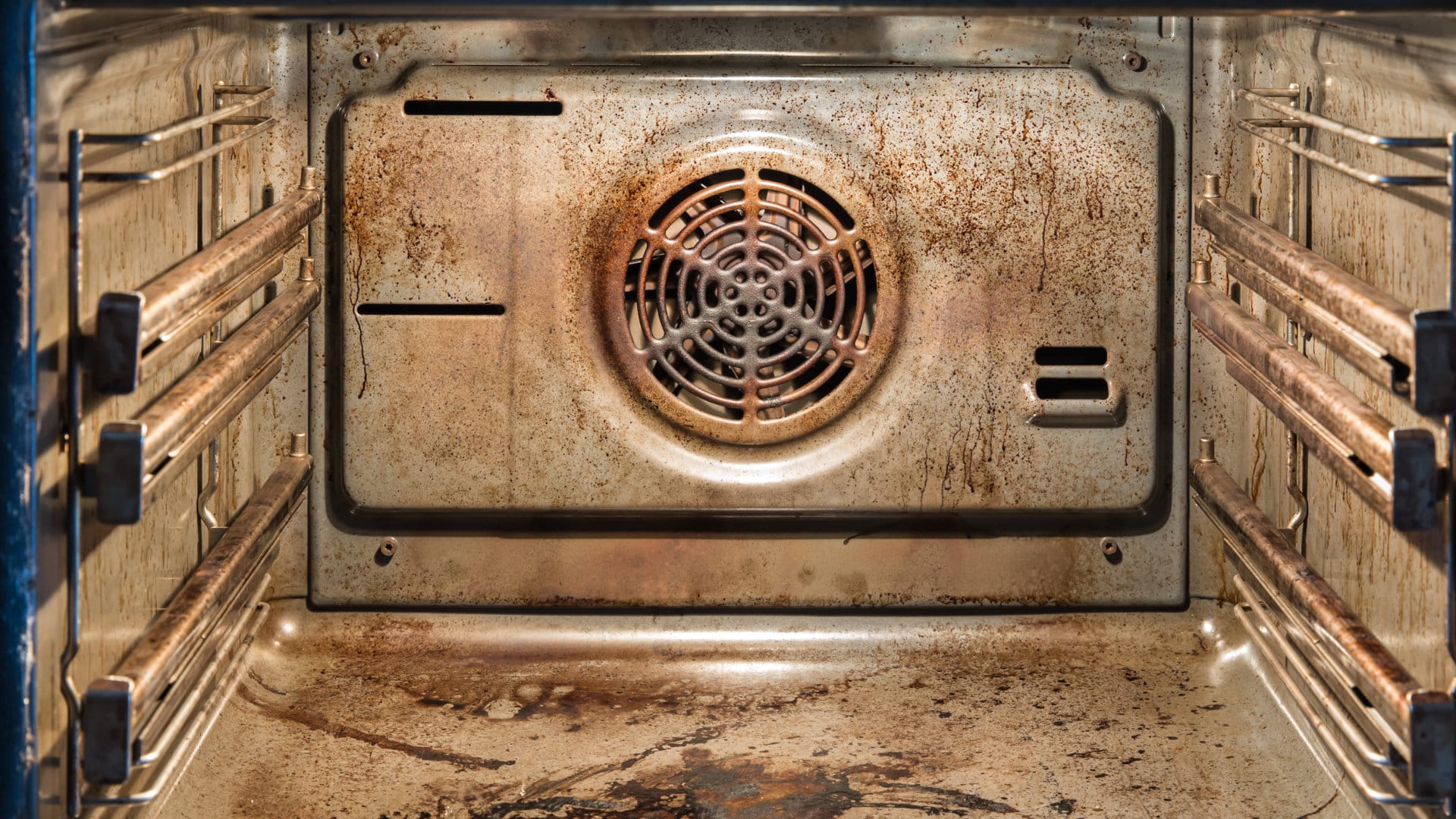
How to Unlock LG Oven Door (After Self-Cleaning)
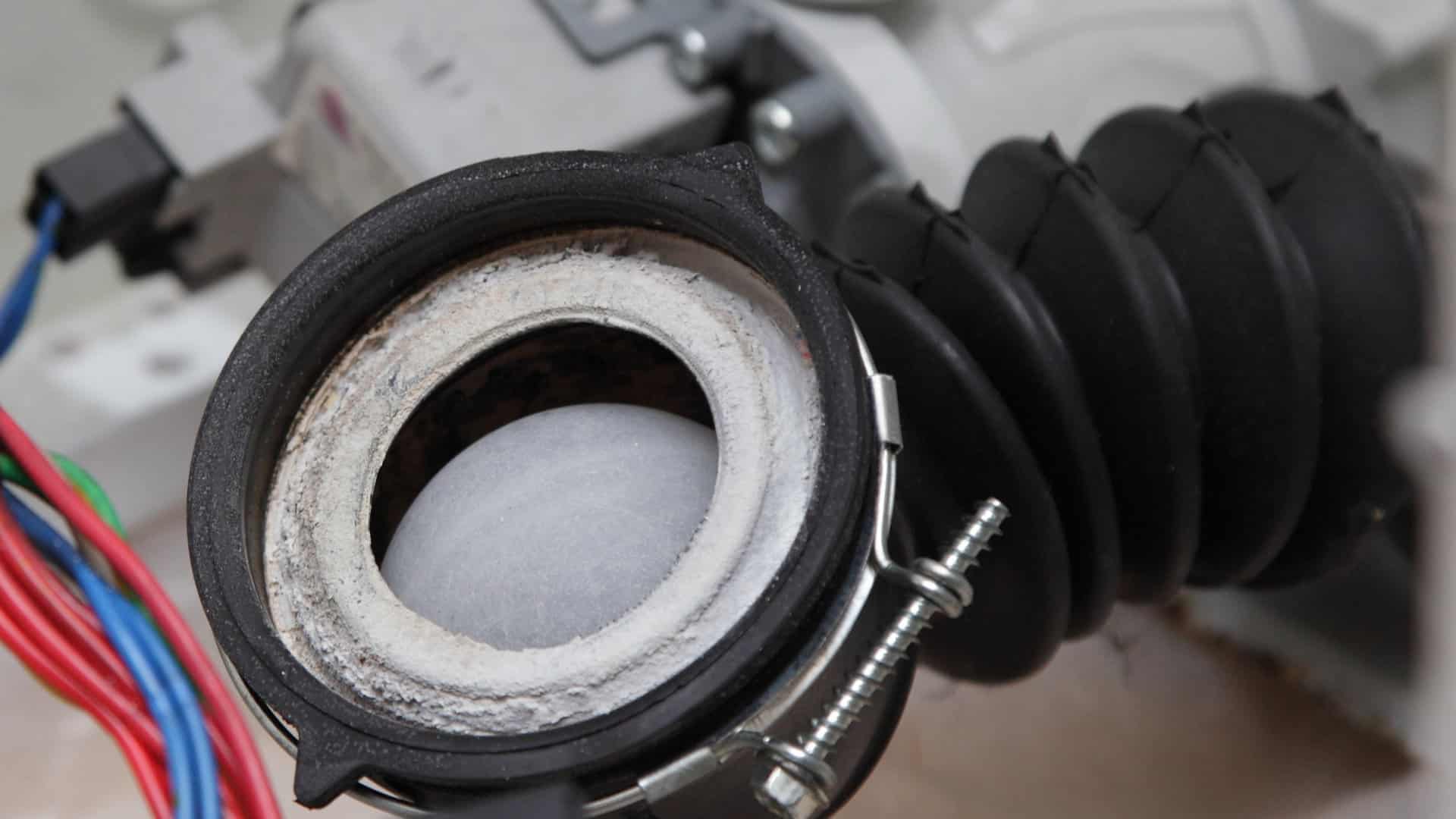
How to Fix LG Washer DE Error Code

Why Your Microwave Is Not Working
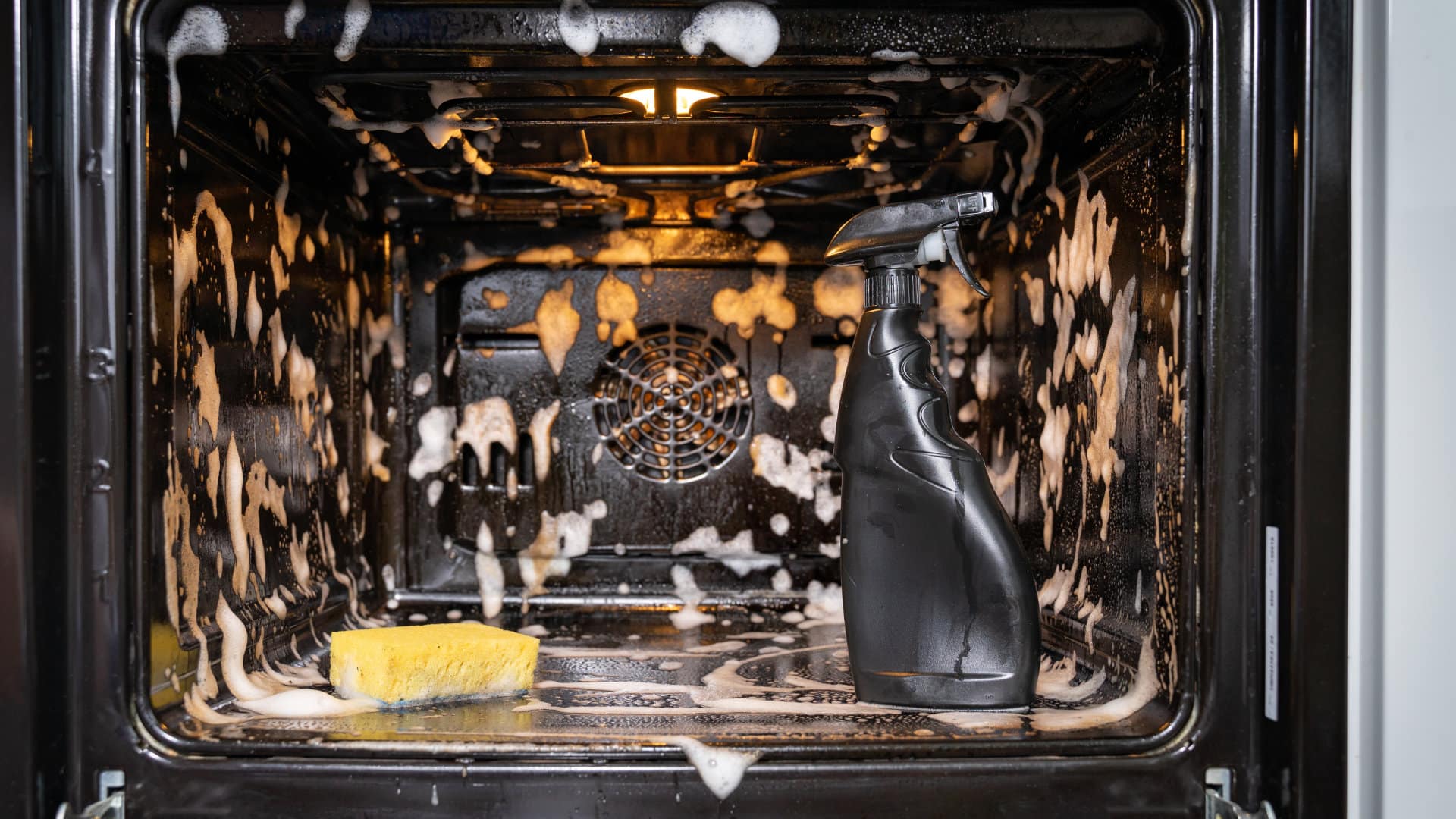
The Quick Guide To Using a GE Self-Cleaning Oven

How to Clean Your Dishwasher with Vinegar

How to Fix a Noisy Refrigerator
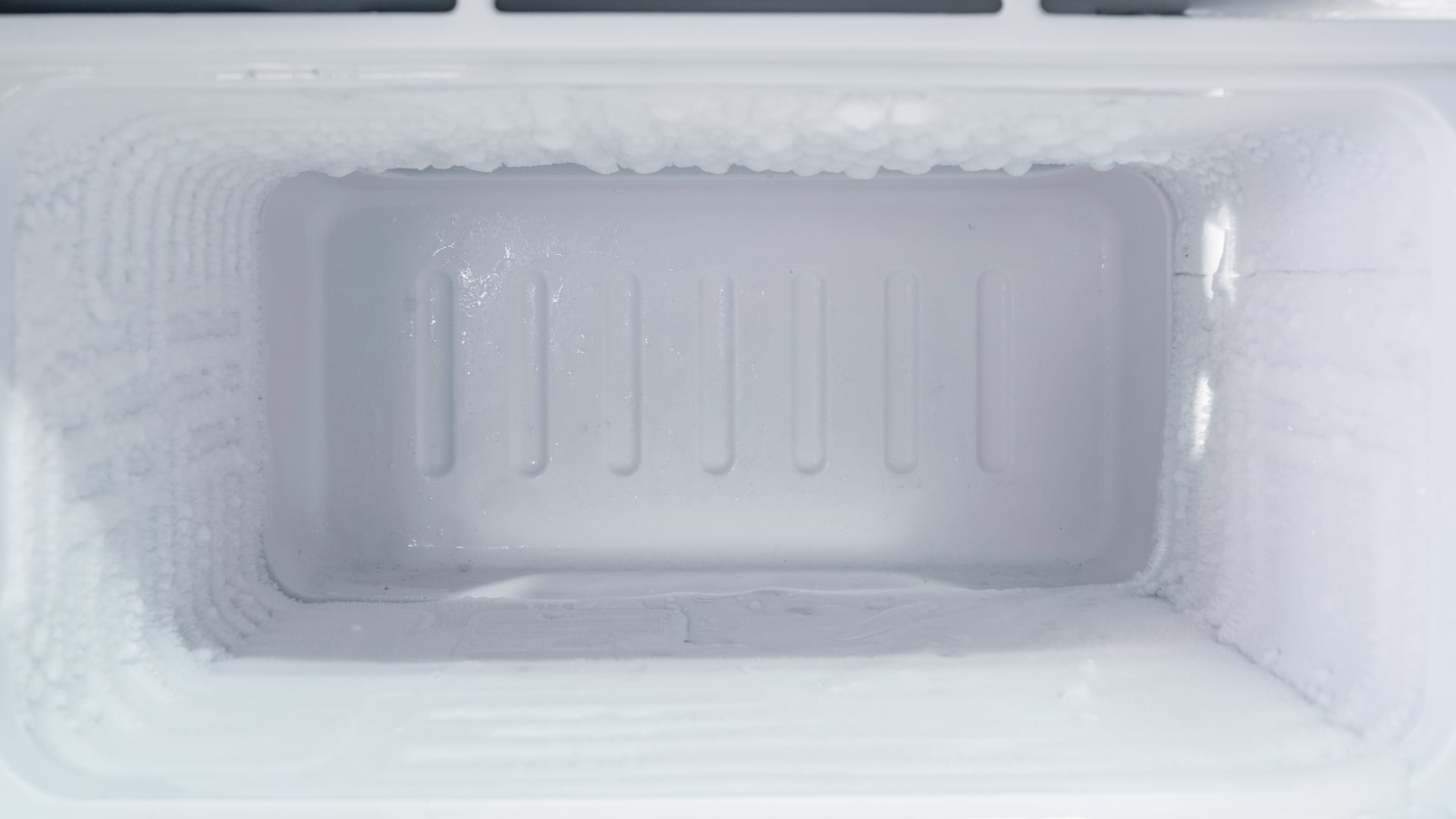
How to Remove Frost Build-up from the Freezer

5 Ways To Clean Your Microwave Naturally


